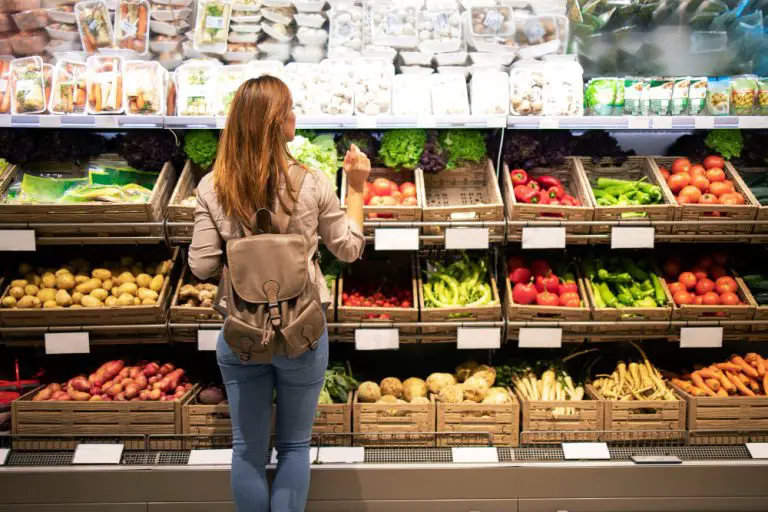
Your grocery bill continues to rise, but your income stays the same. Spending more money on groceries than you can afford is a significant problem for many households. You may want to cut back, while at the same time you don’t want to serve less nutritious foods. Here’s how you can continue to eat wholesome foods without cutting back on quality.
Get in the habit of changing your shopping habits. Instead of merely buying what you need from week to week, begin shopping the special deals. This means when your grocery store circular arrives, concentrate on purchasing bargain items each week to maximize your savings.
Most stores limit the number of specials you can purchase at one time to four, so go all in when you shop. If you are buying perishables, ensure that you have enough refrigerator and freezer capacity available. You should also select only those foods you know your family will love. There is no sense picking up a bargain if no one likes it.
You may already clip coupons and if you do, then good for you. Coupons can shave big bucks off of any grocery bill.
Keep an eye on those stores that double coupons from time to time. These stores may limit doubling to $1, but that’s money in your pocket. Some stores offer triple couponing too – when that happens, you will have a money-saving bonanza at the ready.
Yes, a warehouse club will set you back by about $50 to join. But if you spend about $10,000 per year on groceries, you stand to shave $1,000 to $2,000 off from your bill annually by shopping carefully.
Not everyone likes to buy in bulk, but consider this… if you and at least one neighbor have similar-size families, you might pool your purchases and split the goods. You’ll share the savings and come out ahead with each deal you take.
You already read the labels and are familiar with the ingredients that go into some of your favorite foods. What you might not realize is that you’re paying for the brand on top of the foods you choose. Instead of being brand conscious, consider the generic labels.
Generic labels include your store’s labels. They also include uncommon brands not typically ¬†advertised. Oftentimes these labels include products similar to what you already use with savings of 10 to 20 percent or more over comparable branded products.
Unless you are already a committed vegetarian or vegan, you may have given little thought to doing without meat. Look at your grocery bill and likely the most expensive item on it is the meats. Even hamburger and chicken prices are through the roof.
Now, we’re not advocating for you give up meat entirely. Instead, cut back on meat consumption – perhaps by instituting a meatless Monday. Not all family members need to participate – adults can do without the protein, while even children may enjoy beans or other protein-filled foods on occasion.
Items you make from scratch generally cost less than already prepared food. So-called convenience foods will drive up your grocery bill and wreck your budget.
It is always better to prepare meals according to your family’s tastes. That way, you’ll control the ingredients, avoid salt- and fat-laden foods, while managing portions. Homemade food takes time to prepare, but it will save you money. You can cook in bulk, freeze what you don’t eat, and enjoy delicious and nutritious meals throughout the week.
For most families, it isn’t too difficult to reduce your family food bill by $500 to $1,000 or more annually. It takes some work to get the process going, but once a new system is in place, you’ll have reduced your costs accordingly.


